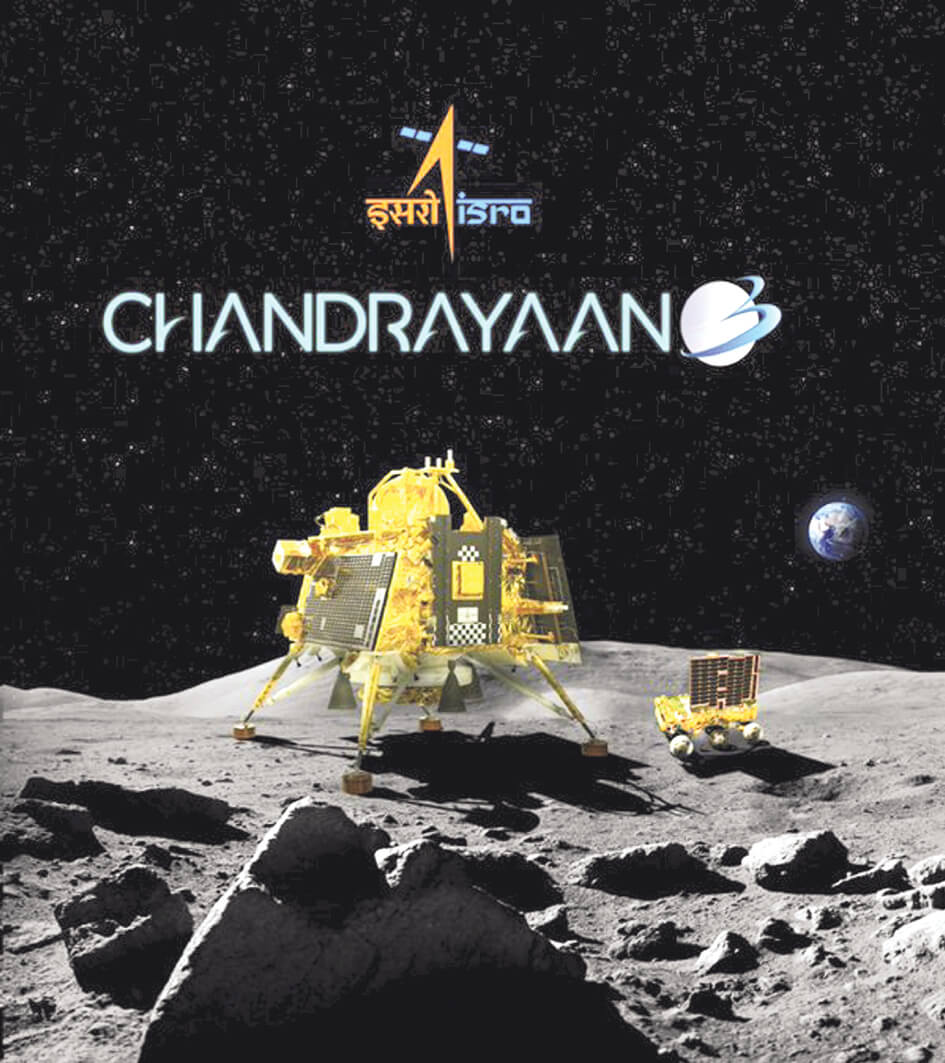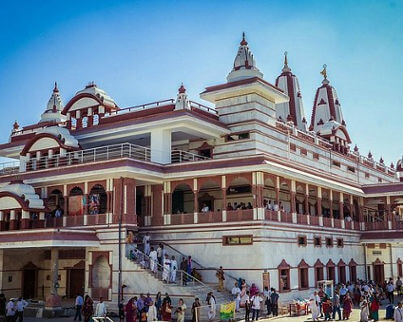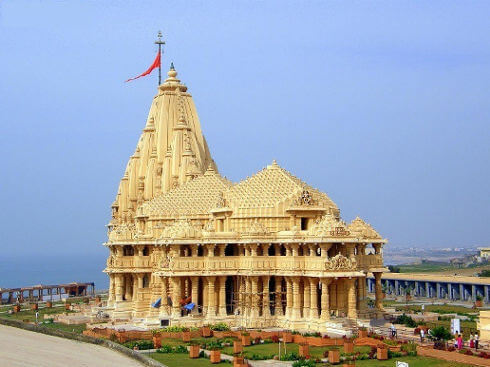The Indian Space Research Organisation (ISRO) has successfully landed its Chandrayaan-3 Lander Module on the surface of the Moon.
What happened?
Chandrayaan-3 launched from the Satish Dhawan Space Centre in Sriharikota Range (SDSC SHAR), India, on 14 July 2023 on a mission to demonstrate new technologies and to achieve India’s first soft landing on another celestial body.
The spacecraft arrived in lunar orbit on 5 August. On 17 August, the lander module separated from the propulsion module and soon after began its descent to the surface.
On 23 August, ISRO confirmed that Chandrayaan-3’s lander successfully landed in the south polar region of the Moon as planned.
Here are 5 crucial things about ISRO’s Chandrayaan-3 Moon Mission.
ROLE OF LANDER AND ROVER:
Vikram lander with a mass of 1749.86 kg including Rover Pragyan inside it, has a mission life of one Lunar day, which is equivalent to 14 Earth days.
Role of Chandrayaan-3 on the Moon:
The Indian spacecraft will measure the near-surface plasma (ions and electrons) density of the Moon’s soil. The Chandrayaan-3 will also measure seismicity around the landing site of the Moon. The mission will help in discovering what kinds of chemicals are found on Moon’s soil. AN Alpha Particle X-ray Spectrometer (APXS) will determine the elemental composition such as magnesium, Aluminium, Silicon, Potassium, Calcium, Titanium, and Iron) of lunar soil and rocks around the lunar landing site.
Records Chandrayaan-3 will create:
- India became the only country to land its spacecraft on the South Pole region of the Moon.
- India will become the second country, along with China, to have an operating rover on the moon.
- India will become the fourth country to do a soft landing on Moon. Previously, China, the US, and the Soviet Union have achieved this milestone.
Companies behind the making of the Chandrayaan-3 spacecraft
- Larson and Tubro: It supplied critical booster segments, namely the head end segment, middle segment, and nozzle bucket flange, among other things.
- Mishra Dhatu Nigam:- The state-owned firm supplied critical materials such as cobalt base alloys, nickel base alloys, titanium alloys, and special steels for the launch vehicle of the Chandrayaan3 spacecraft
- BHEL: The government-owned firm supplied bi-metallic adaptors for Chandrayaan 3.
- Godrej Aerospace: It produced key engines and thrusters including L110 for the core stage and CE20 engine thrust chamber for the upper stage.
- Ankit Aerospace: The company claims to have supplied alloy steel, stainless steel fasteners, and specially-crafted titanium bolts
- Walchandnagar Industries: The firm helped with booster segments S200 used in the launch vehicle, flex nozzle control tankages, and S200 Flex nozzle hardware.
People behind the making of the Chandrayaan-3 spacecraft
ISRO Chairman S Somanath assumed leadership of ISRO in January 2022 and became a pivotal figure in India’s ambitious moon mission. Prior to this role, he had served as the director of the VSSC and the Liquid Propulsion Systems Centre. He is overseeing missions like Chandrayaan-3, Aditya-L1 (a mission to study the Sun), and Gaganyaan (India’s first manned mission). Other significant people behind Chandrayaan-3 are Project Director, P Veeramuthuvel; Unnikrishnan Nair, and many others.
What happens next?
The lander will soon deploy its rover. During its mission on the surface, the rover will conduct several scientific experiments.



